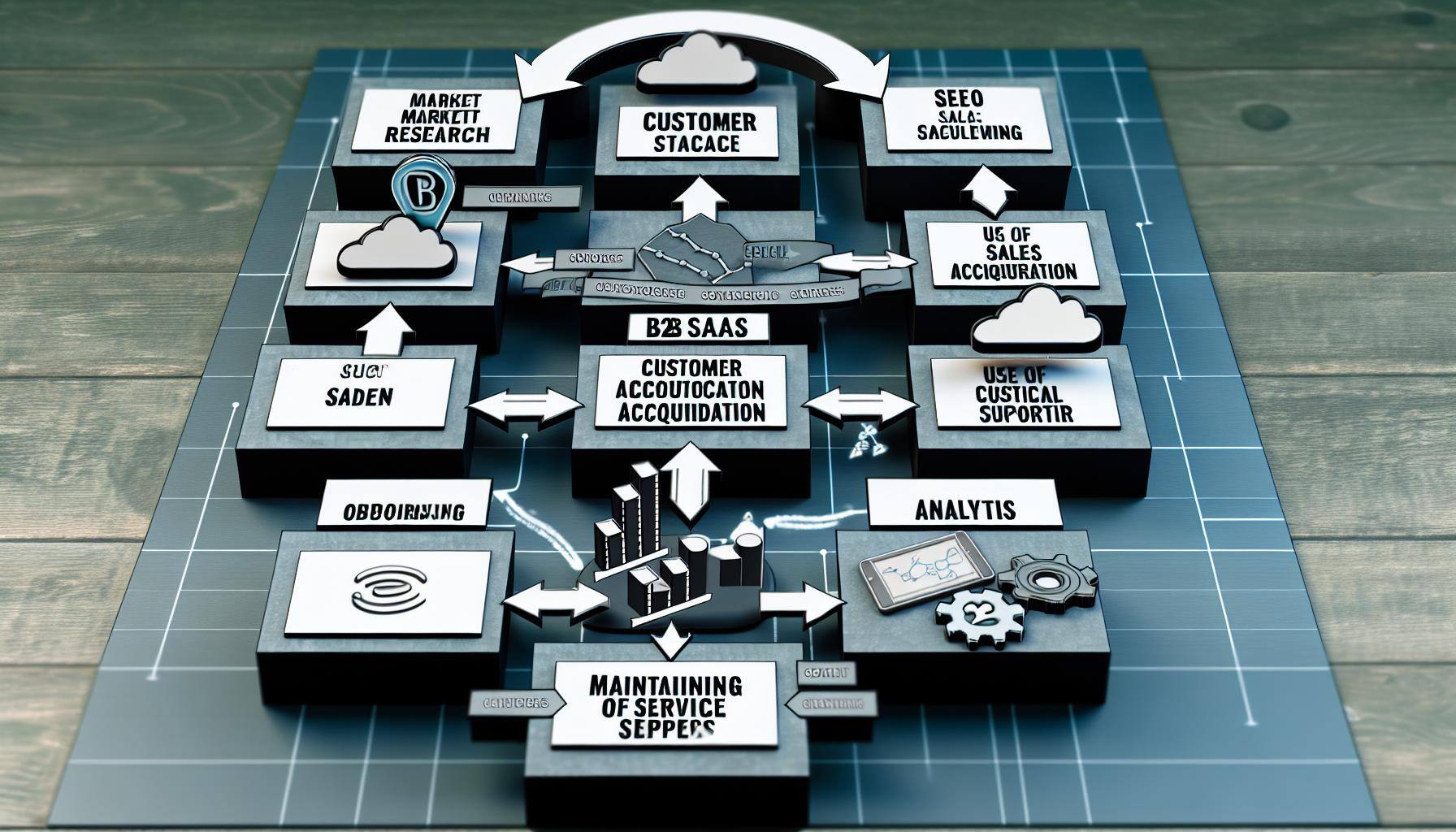Mastering SaaS Product Management for B2B SaaS Companies
In the rapidly evolving landscape of Software as a Service (SaaS), mastering the art of product management is crucial for achieving success,...
2 min read
Brian Polackoff
:
Jan 31, 2024 1:11:00 PM

In the dynamic world of Software as a Service (SaaS), growth is not just a goal—it's a necessity. For SaaS companies looking to expand their offerings or enter new markets, the challenge often lies in identifying the most effective strategy to achieve greater success without straying too far from their core competencies. One approach that has proven effective for many is likened to arranging bowling pins at the end of an alley—a strategy that starts with a focused initial target and strategically expands into related areas. Let's dive into how SaaS companies can implement this bowling pin strategy to maximize their growth potential.
The primary pin represents your SaaS product's original niche—the initial market or problem that your product was designed to address. This is your starting point and the foundation of your growth strategy. Just as in bowling, where the aim is to hit the front pin squarely to cause a ripple effect, focusing intensely on mastering your original niche is crucial. This means:
Once you've established a strong presence in your initial niche, consider the two pins directly behind the primary pin. These represent logical extensions of your original offering—related markets or additional problems your existing technology can address with minimal adaptation.
To identify these opportunities, ask yourself:
This phase is about leveraging your existing strengths and market knowledge to address closely related needs, effectively taking strategic "side-steps" rather than leaps into the unknown.
Beyond the first three pins lie additional rows, symbolizing further steps away from your primary niche but still related. This expansion should be gradual, ensuring each new market or offering is closely tied to your existing ones, allowing for the transfer of credibility and expertise. This phase might involve:
Expanding your SaaS offerings or entering new markets using the bowling pin strategy requires careful planning and execution. Consider the following to ensure success:
The bowling pin strategy offers a structured approach for SaaS companies looking to expand their offerings or enter new markets. By starting with a strong focus on a primary niche and strategically expanding into related areas, companies can achieve greater success while minimizing the risks associated with unchecked diversification. Just like in bowling, the key is to strike hard and with precision at the primary target, allowing the momentum and alignment to carry you forward into new opportunities.

In the rapidly evolving landscape of Software as a Service (SaaS), mastering the art of product management is crucial for achieving success,...

Implementing customer success in your SaaS startup is crucial for ensuring sustainable growth. In a competitive market, where customer experience is...

Building a successful B2B SaaS (Business-to-Business Software as a Service) company requires a strategic approach and an in-depth understanding of...